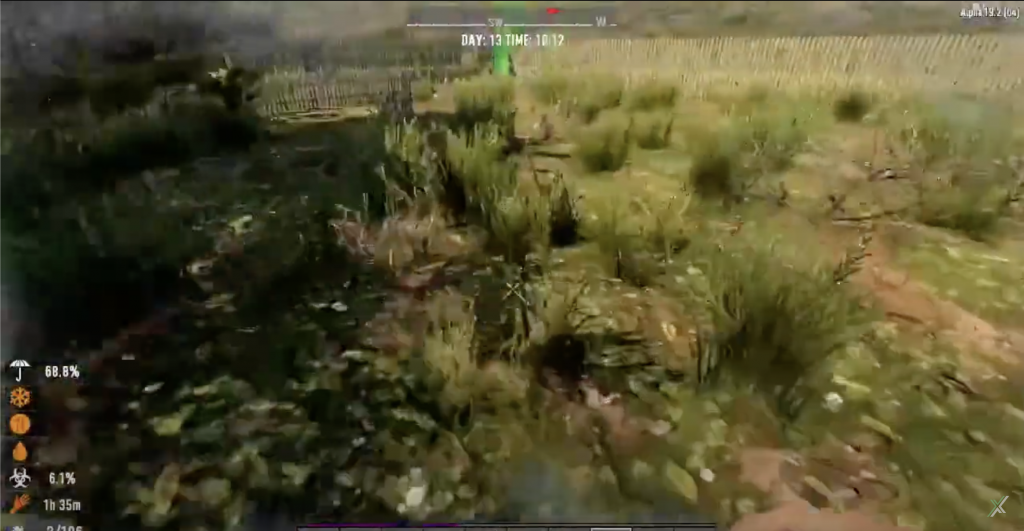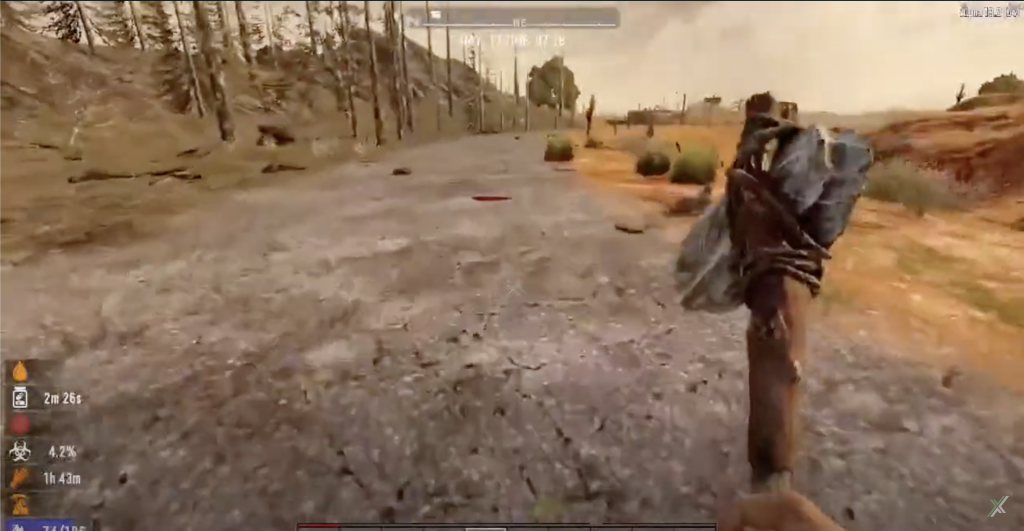Understanding Biomes in 7 Days to Die
Biomes in “7 Days to Die” are distinct regions with unique climates, resources, and challenges. Each biome influences survival strategies, resource gathering, and the types of zombies you may encounter. This guide provides an in-depth look at each biome, helping players make informed decisions on where to establish their bases.
Key Characteristics of Each Biome
The Forest Biome
- Resources: Abundant small stones, medium boulders, and diverse vegetation including tall grass and regular trees which provide wood, plant fibers, and seeds.
- Hazards: Common zombie spawns according to game stage. Regular temperatures allow for comfortable survival without special clothing.
- Buildings: High variety of Point of Interest (POI) buildings with intact structures, offering plentiful looting opportunities.

The Desert Biome
- Resources: Sparse small stones, low-density boulders, and abundant Yucca and Aloe Vera plants. Desert flora provides essential crafting materials like plant fibers and aloe cream.
- Hazards: High temperatures increase water consumption. Vultures and snakes are common threats.
- Buildings: Mostly open structures such as tents and outposts, with occasional wooden buildings.

The Snowy Forest Biome
- Resources: Visible small stones, medium boulders, and patches of snowberry plants. The snowy terrain simplifies spotting resources like snow, which can be melted into water.
- Hazards: Cold temperatures necessitate constant food intake to maintain warmth. Wolves and frozen lumberjacks present significant threats.
- Buildings: Winter lodges and POIs designed for cold climates, containing diverse loot.
The Burnt Forest Biome
- Resources: Abundant small stones and yellow grass that provide basic materials like plant fibers. Burnt trees and wood piles are common.
- Hazards: Frequent encounters with Burn Victims, potential fire hazards from burning wood piles.
- Buildings: Damaged structures often contain essential supplies like cooking pots and grills.
The Wasteland Biome
- Resources: Occasional small stones and common scrap metal piles. The harsh landscape contains brick piles and dead trees.
- Hazards: High risk of encountering feral zombies, wights, and cop zombies. Land mines pose deadly risks.
- Buildings: Ruined buildings provide sparse loot, often limited to basic survival items.
Resource Acquisition Techniques
In 7 Days to Die, effective resource gathering is crucial for survival. Here’s how you can efficiently collect materials in different biomes:
- Punching: Directly hitting objects like bushes or small trees can yield immediate resources such as wood or plant fibers.
- Stone Axe: Ideal for quickly breaking down boulders and trees for wood and other materials.
- Shovel: Best used on sand or dirt to collect materials like clay or sand, especially effective in desert biomes.
- Wrench: Essential for dismantling abandoned cars and machinery to obtain mechanical parts.
- Pickup: Some objects can be simply picked up for instant addition to your inventory.
Understanding Biome-Specific Challenges
Each biome presents unique challenges that affect your survival strategy:
- Desert: Managing hydration due to high temperatures.
- Snowy Forest: Keeping warm and maintaining a steady food supply to combat the cold.
- Burnt Forest: Avoiding fire hazards and dealing with weaker structural integrity.
- Wasteland: Navigating through dangerous terrain with hidden threats like land mines.
Conclusion
Choosing the right biome in “7 Days to Die” can significantly impact your survival and progression. Understanding the resources, hazards, and strategic advantages of each biome allows players to plan effectively and thrive in the harsh post-apocalyptic world. Whether you prefer the abundant resources of the forest or the challenging conditions of the wasteland, each biome offers a unique survival experience.



